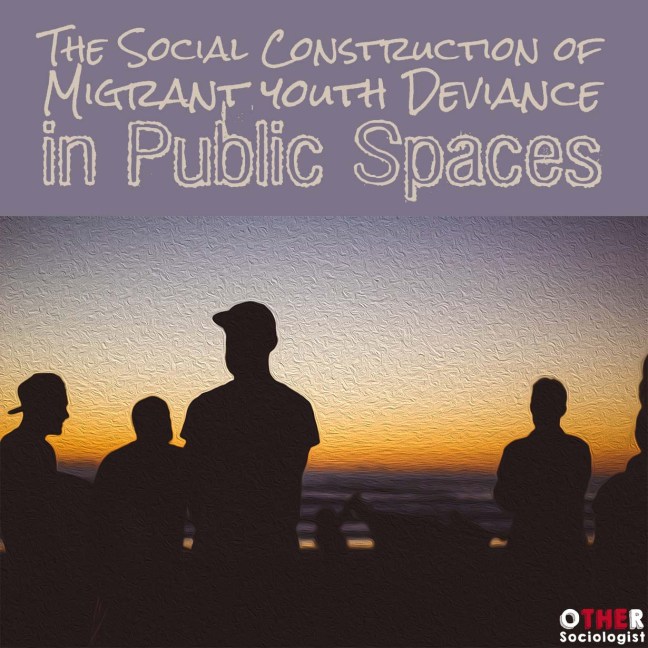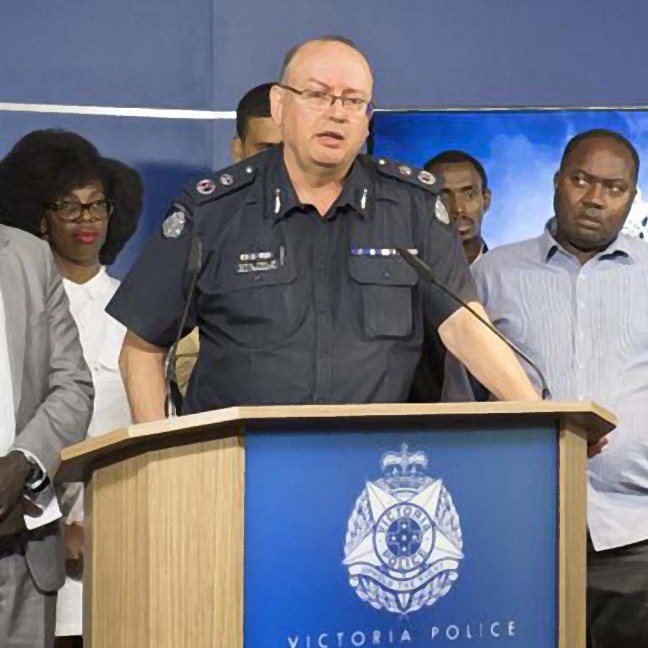I was interviewed on Triple J ‘s ‘The Hook Up‘ program (listen from 1:12:49) about sexual racism in queer communities.
Nat Tencic: We’re talking about racism and the experiences of queer people of colour in dating. And to answer some of those more big picture questions, like why are we seeing this internal minority struggle, we’re joined right now by sociologist, Dr Zuleyka Zevallos. She specialises in issues of gender and sexuality, culture, discrimination and diversity. Dr Zevallos, welcome and thank you for joining us.
Zuleyka: Hi. Thanks for having me.
Nat: I think that first big picture question is something that really interests me: why do we see this happening in the queer community? Why when you’re already discriminated against do you see that next level of discrimination come through so loudly?
Zuleyka: I think for some people it seems counterintuitive because, obviously, queer communitites are facing discrimination along sexual lines. But at the same time, all of us live in the same society that is dominated by whiteness. We have a long history of discrimation against Indigenous communities and against migrant people, especially migrant people of colour. When we look at it in a social context, LGBTQIA communities are surrounded by the same social influences when it comes to race, [same] as straight people.
Continue reading Interview: Queer People of Colour, Racism and Dating













